We have several small gardens at home. There’s the vegetable garden, shade garden, flower garden, a collection of random potted plants hiding our septic tank, some unnamed growing spaces and the kitchen garden. Mom built the kitchen garden at the start of the COVID-19 pandemic, and it’s been here the longest. She refers to it as a “victory garden.” While we grow all sorts of things in it now, it was originally home to vegetables and herbs. Mostly tomatoes though. The most important gardening lesson that I learned is not to get in the way of Mom and her tomatoes.
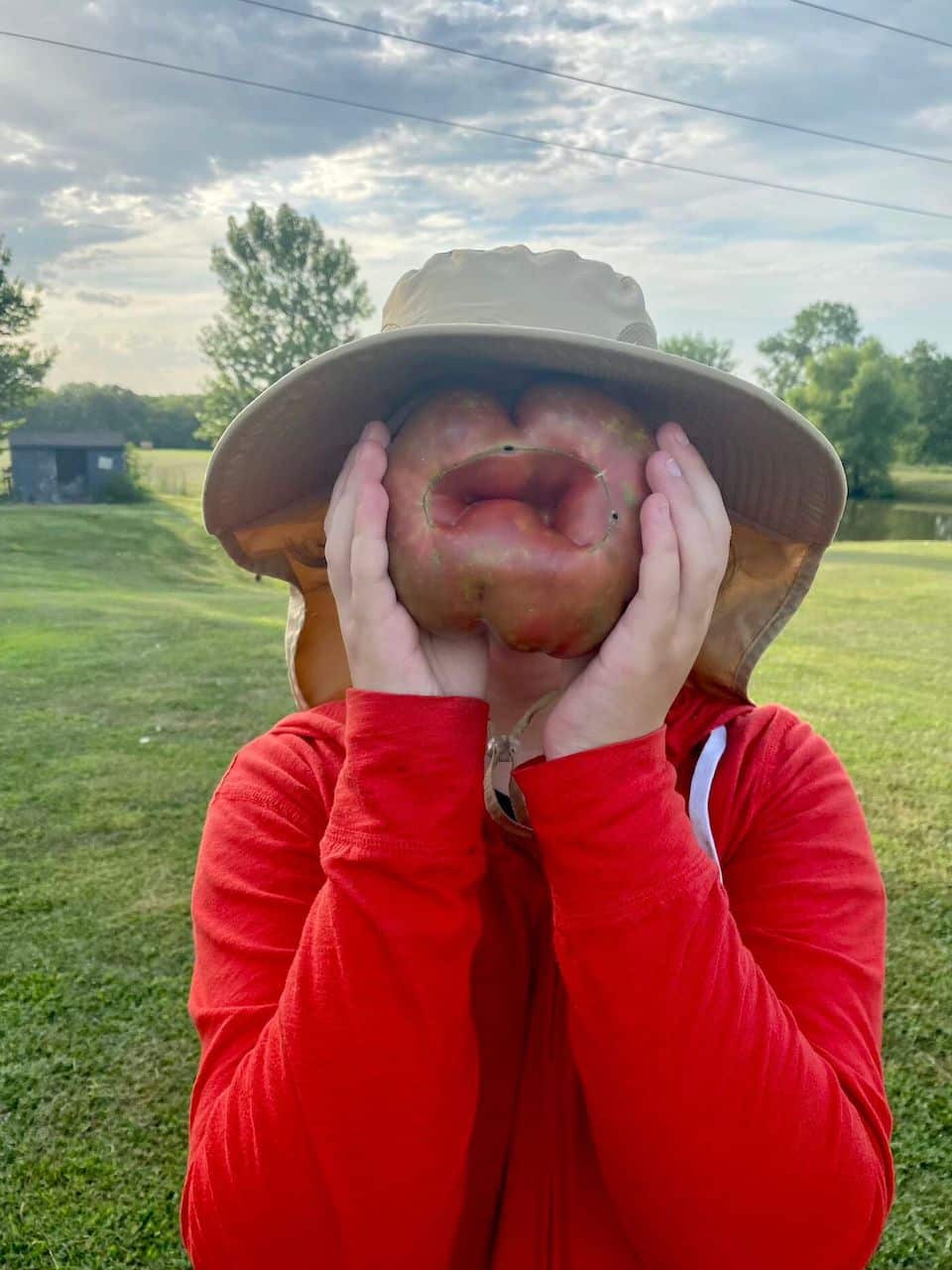
Vegetable gardening made a comeback during the Coronavirus quarantine. People suddenly had time on their hands. Many people were stressed, and gardening helped alleviate that. There were a lot of people who didn’t want to brave the pandemic to go grocery shopping, too. The solution was obvious: grow a garden! Like my mom, many call them “victory gardens.” The term dates back to World War I, when the US government urged civilians to start gardens to help feed themselves. This concept was brought back later in WWII as well, when food rationing began. At one point, there was even a victory garden on the White House lawn.
“War gardens,” as they were called at first, were promoted before America entered WWI. Farmers in Europe were off fighting, and farms were left unattended, or in some cases, scarred by battle. There was simply not enough food. America began shipping food supplies to Europe to try to combat starvation, but Americans couldn’t give away all of their food. President Wilson called for people to grow a garden, and in early 1917, wealthy businessman Charles Lathrop Pack created the National War Garden Commission to further encourage war gardens. With many families in America growing some or all of their own produce, more commercially produced food could be sent overseas to Europe.
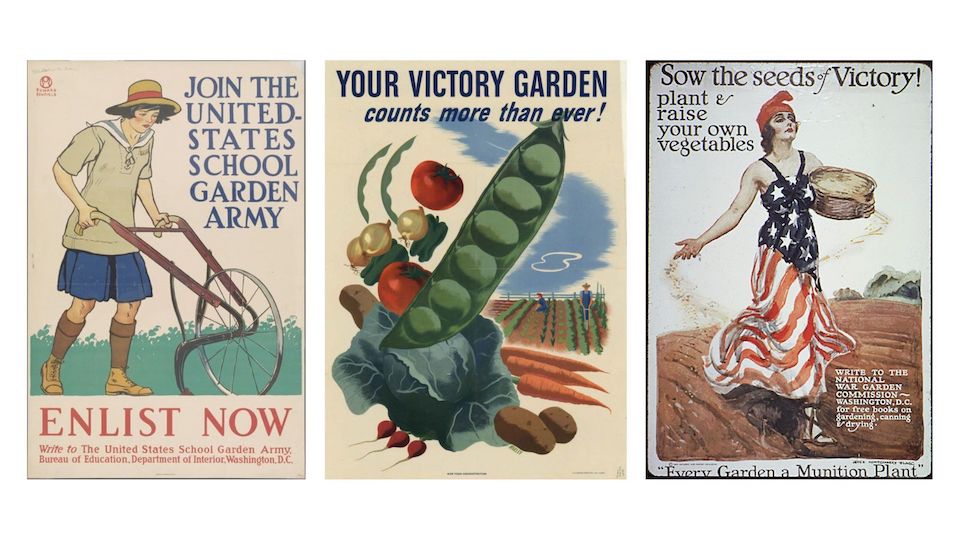
Civilians certainly rose to the call. By the end of WWI, the US was home to more than 5.2 million victory gardens. In WWII, when the need for victory gardens arose again, an estimated 20 million gardens were planted by 1943. The idea was so successful that the government created the US School Garden Army (USSGA), not to be confused with the US Seniors’ Golf Association. Children ages nine through 15 were encouraged to enlist and help tend a garden. In 1919, more than one million children enrolled in the USSGA. To learn more about the School Garden Army, here’s an article from the Library of Congress.
A Women’s Land Army was also created to spur enthusiasm for the war effort. According to the National Women’s History Museum, as America entered WWI, men left farms to enlist in the military. America needed people to continue working the land, and the Women’s Land Army was born. Originally a British practice as they’d been fighting for much longer, America adopted the idea to support our own agriculture industry. Colleges and universities even trained women in agricultural practices. Between women stepping up to work on commercial farms, the USSGA creating victory gardens wherever there was space, and families tending to home victory gardens throughout both world wars, civilians grew a huge amount of food. One “Birds and Blooms” magazine states that 10 billion pounds of produce were grown in war gardens in 1943.
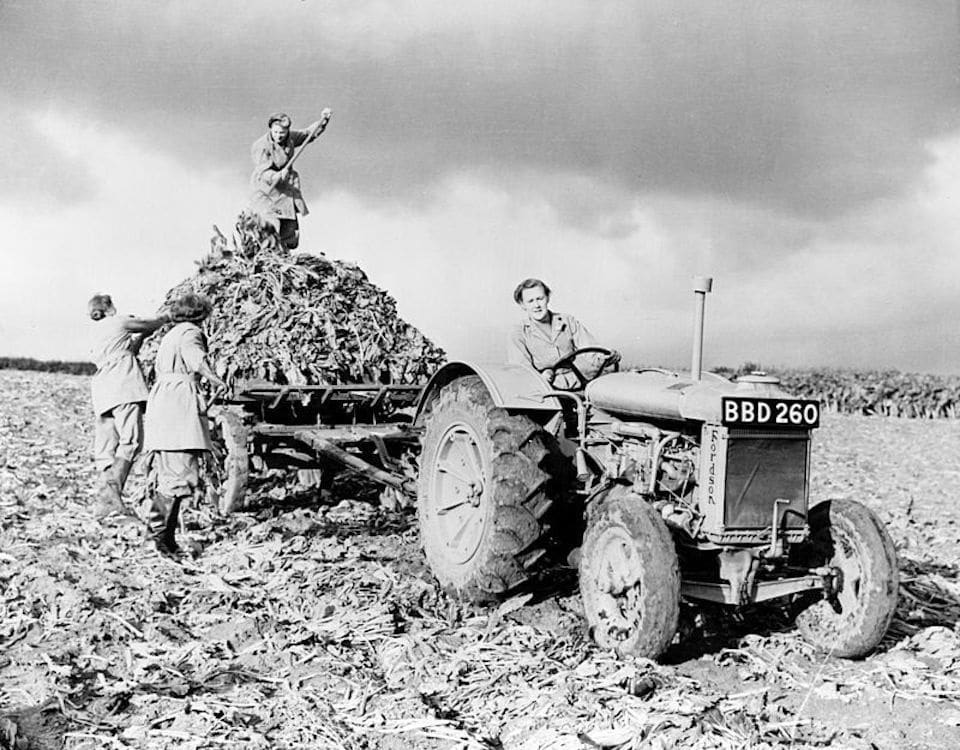
As emergencies in the past have lessened, some people gave up on their gardens as life returned to normal. Others have tended them diligently. We’ve expanded our garden, especially now that my sister and I are interested. We do grow a lot of flowers, but we also grow many vegetables. This year our new additions include okra, eggplant and squash. We’re still growing a lot of tomatoes.
I believe gardening is something that everyone should try, whether it’s a single succulent, a potted herb garden, or a full-fledged farm. Tending to plants helps you connect with nature, even if you have a single pot and live in a city. There are so many options, too: low and high-maintenance plants, a vegetable or fruit for any palate and flowers in every shape and color imaginable.
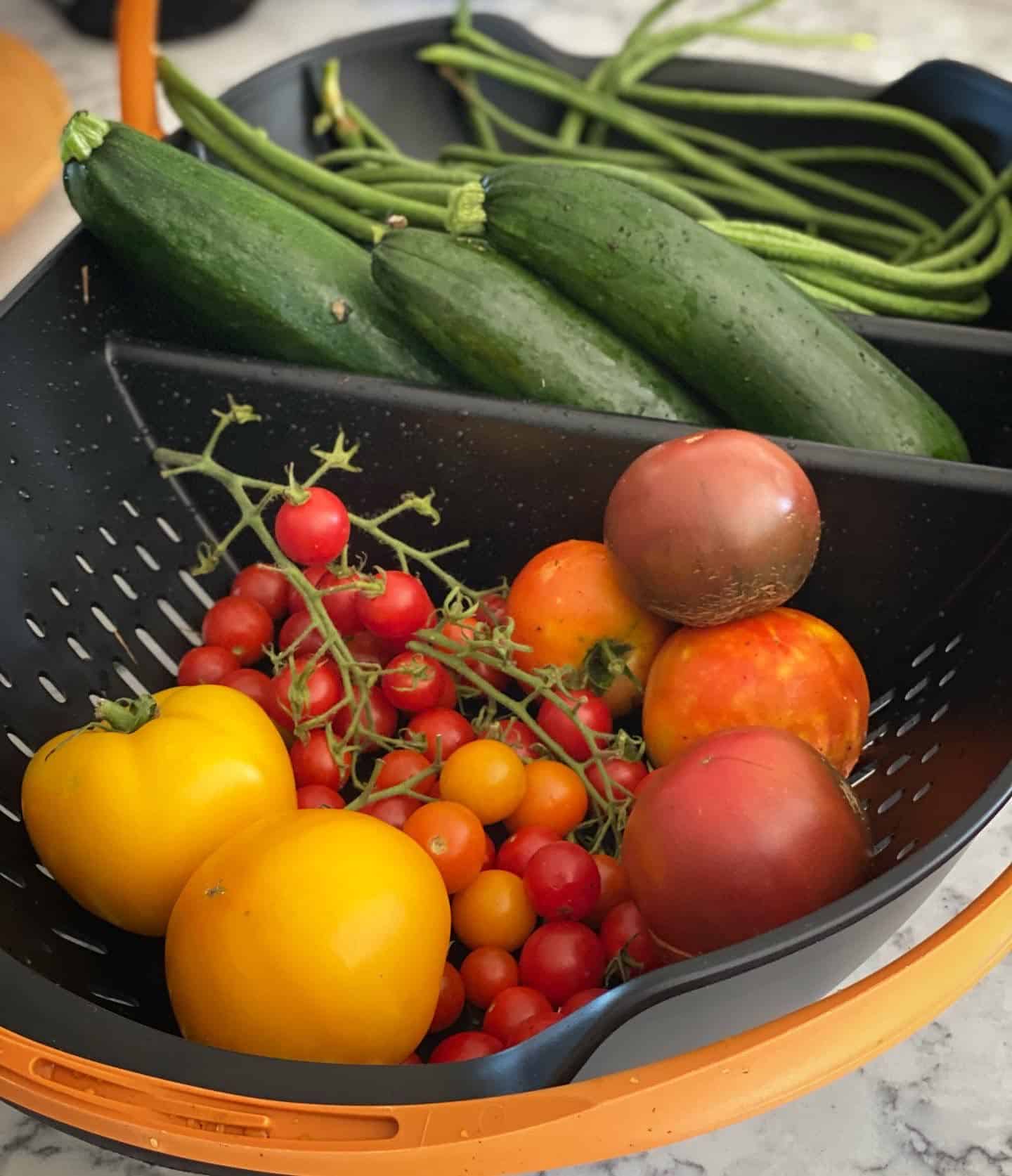
I hated gardening for a very long time. I didn’t understand why people find it so appealing, not to mention the fact that I didn’t enjoy eating a single vegetable. Who would want to spend time under the hot sun weeding and watering plants? Until the pandemic, the only thing I’d grown was a 1-½ inch pot of forget-me-nots. During quarantine, the WON’s Ms. Barb sent me a book called “A Woman’s Garden: Grow Beautiful Plants and Make Useful Things,” by Tanya Anderson of Lovely Greens. I was honestly hesitant at first, but after reading the book, the best way to describe it is inspiring. I grew three pansy plants, three lavender plants and some calendula from seed that autumn. Mom taught my sister and me how to build a raised bed, too. Unfortunately, an unexpected frost put me back at square one, but the fact that I’d grown something was so exciting.
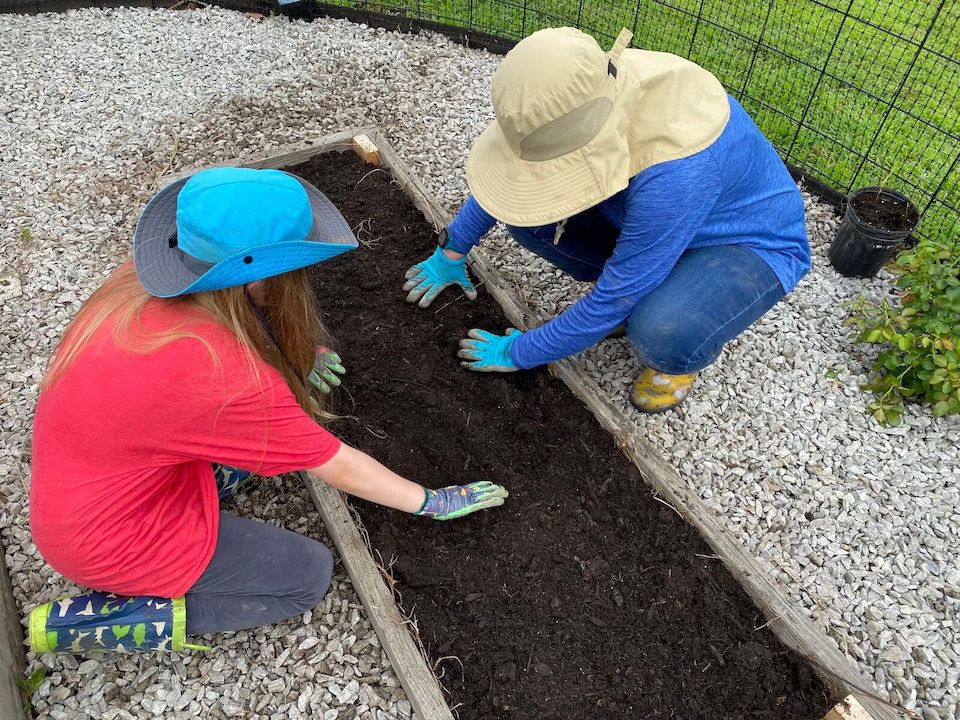
This year, I successfully started more calendula and have plans for huge amounts of pansies this autumn, as well as other various flowers. I even grew two plants each of okra and eggplant, my newfound favorite vegetables. As I write this, I have my first two okra pods growing. My sister, Rose, also enjoys gardening now. She recently built this spiral garden with Mom, and it’s home to many happy plants now.
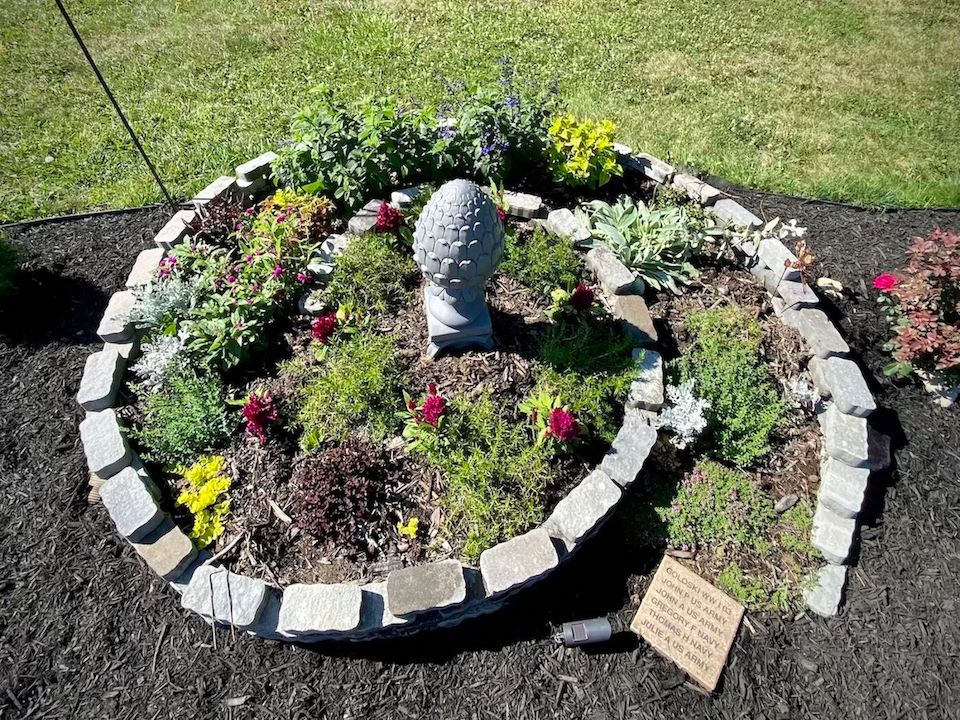
Watching something grow is a beautiful thing, and we’ve been growing things for almost as long as humanity has been around. You can do so much with plants, and a lot of people just don’t realize that. Whether you have farm fresh vegetables for dinner each night, make your own natural health products, or eat a salad full of edible flowers (which sounds really fun), there is something out there for literally everyone. Go grow a victory garden!
"Anna" is a teenage girl who loves to write, read, and do just about anything artsy. She enjoys writing about nature crafts and her experiences while learning to hunt and cook wild game. Anna firmly believes that backyard chickens lay the best eggs and that spending time outside with her flock every morning will start the day off happily. She is extremely grateful to her best friend, who inspired her to really take writing seriously. You can find her lost in her latest idea or listening to her sister "Rose" read book quotes. View all posts by Anna
What an awesome article!! Very well written!!